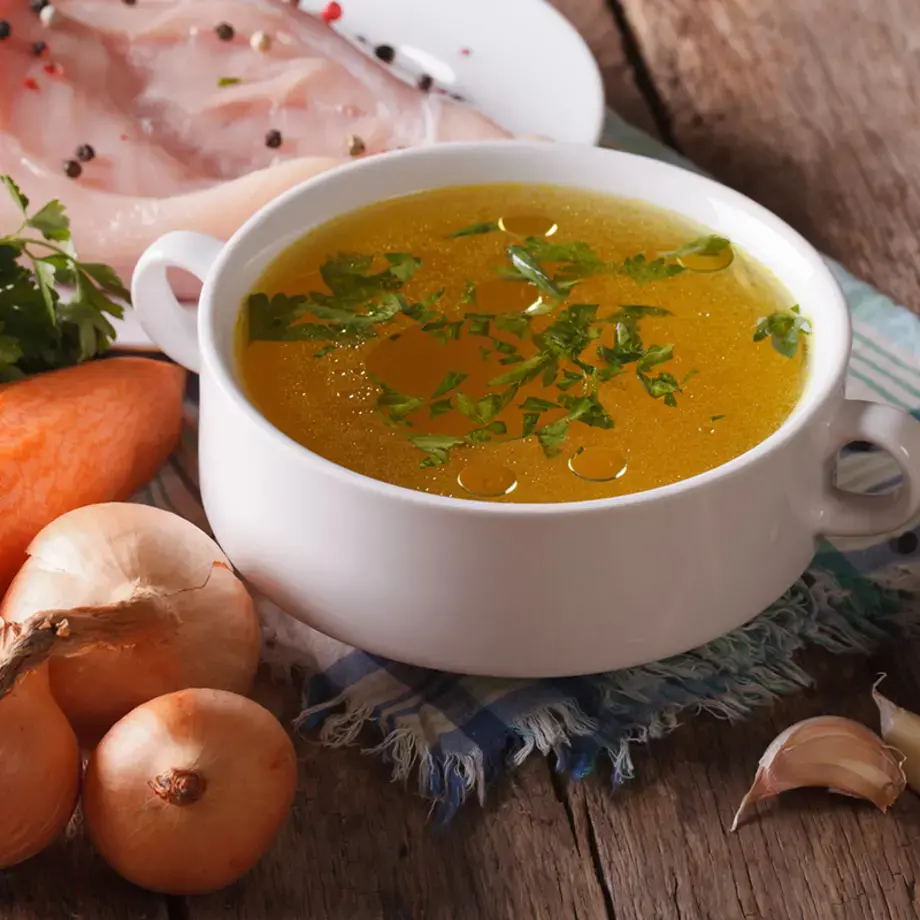What is rambutan?
Rambutan is a small, oval-to-round fruit native to Southeast Asia. It grows on a tree – also called rambutan – that can reach up to 80 feet (27 meters) in height. Typically, it’s 3 to 5 centimetres in diameter and grows in loose clusters of 10 to 20 fruits. Rambutans have a bizarre, hairy and leathery exterior – its appearance is often compared to that of a sea urchin – that conceals a smooth, sweet white fruit. Its translucent white flesh – succulent and slightly chewy – has a sweet yet creamy taste and contains an oblong, light brown seed in its middle. When peeled, the fruit looks similar to lychees and longans.











